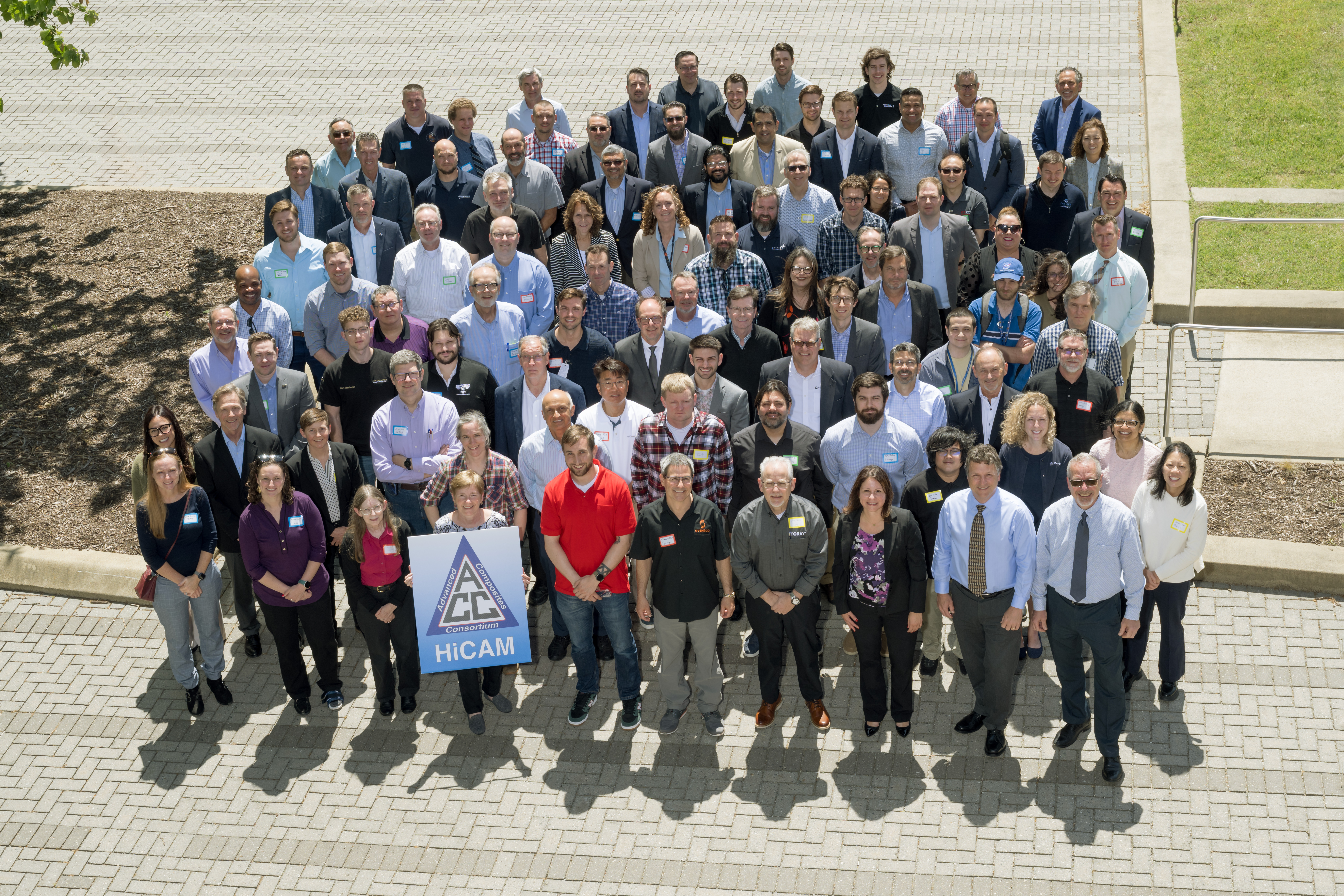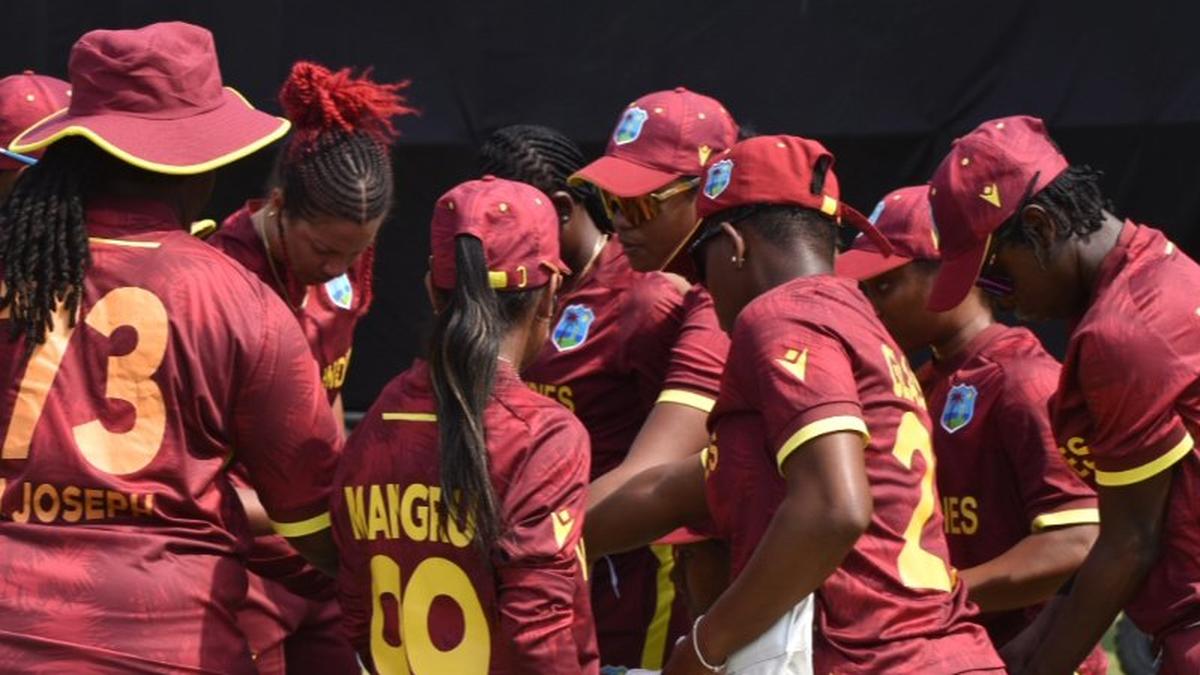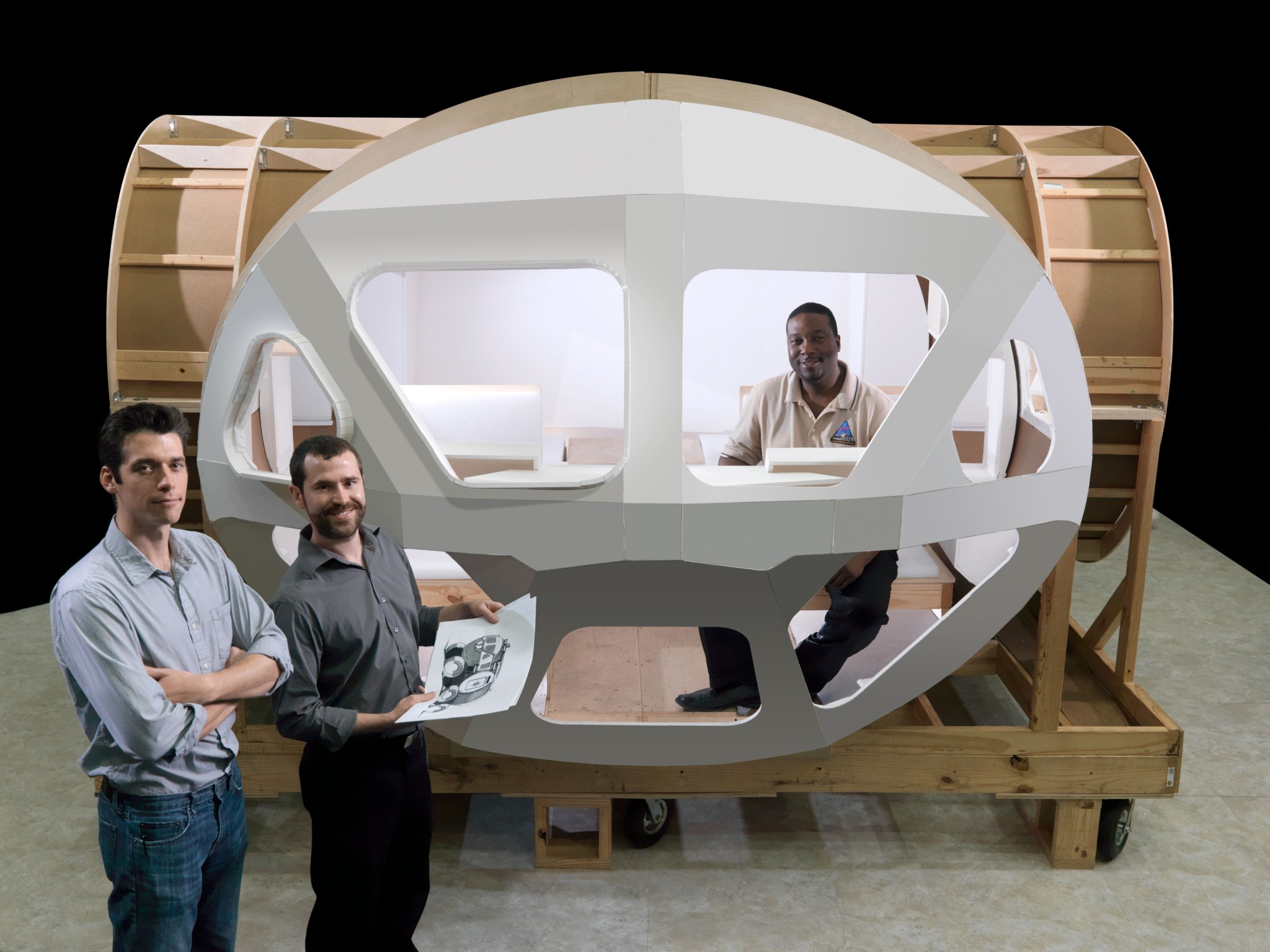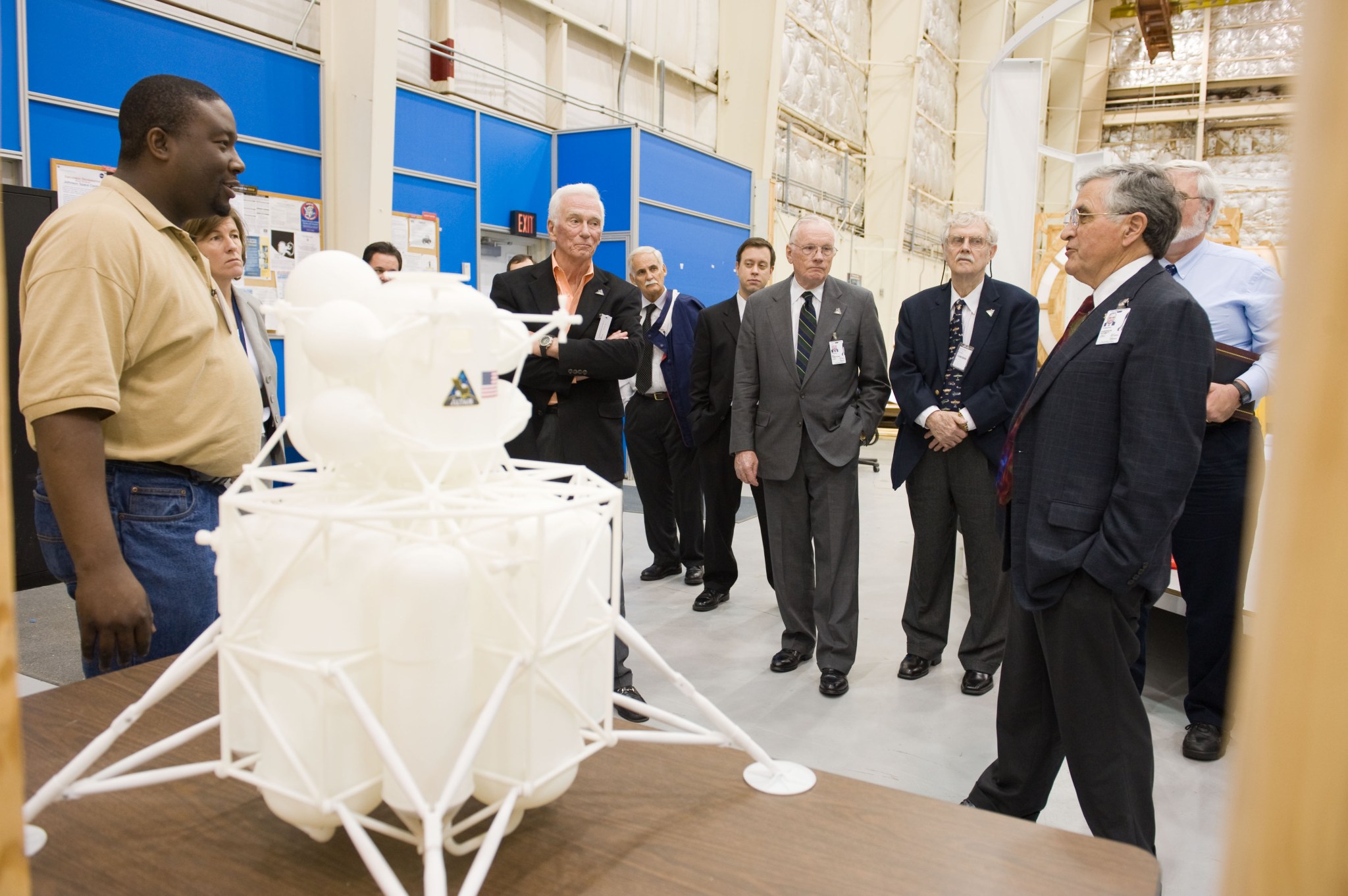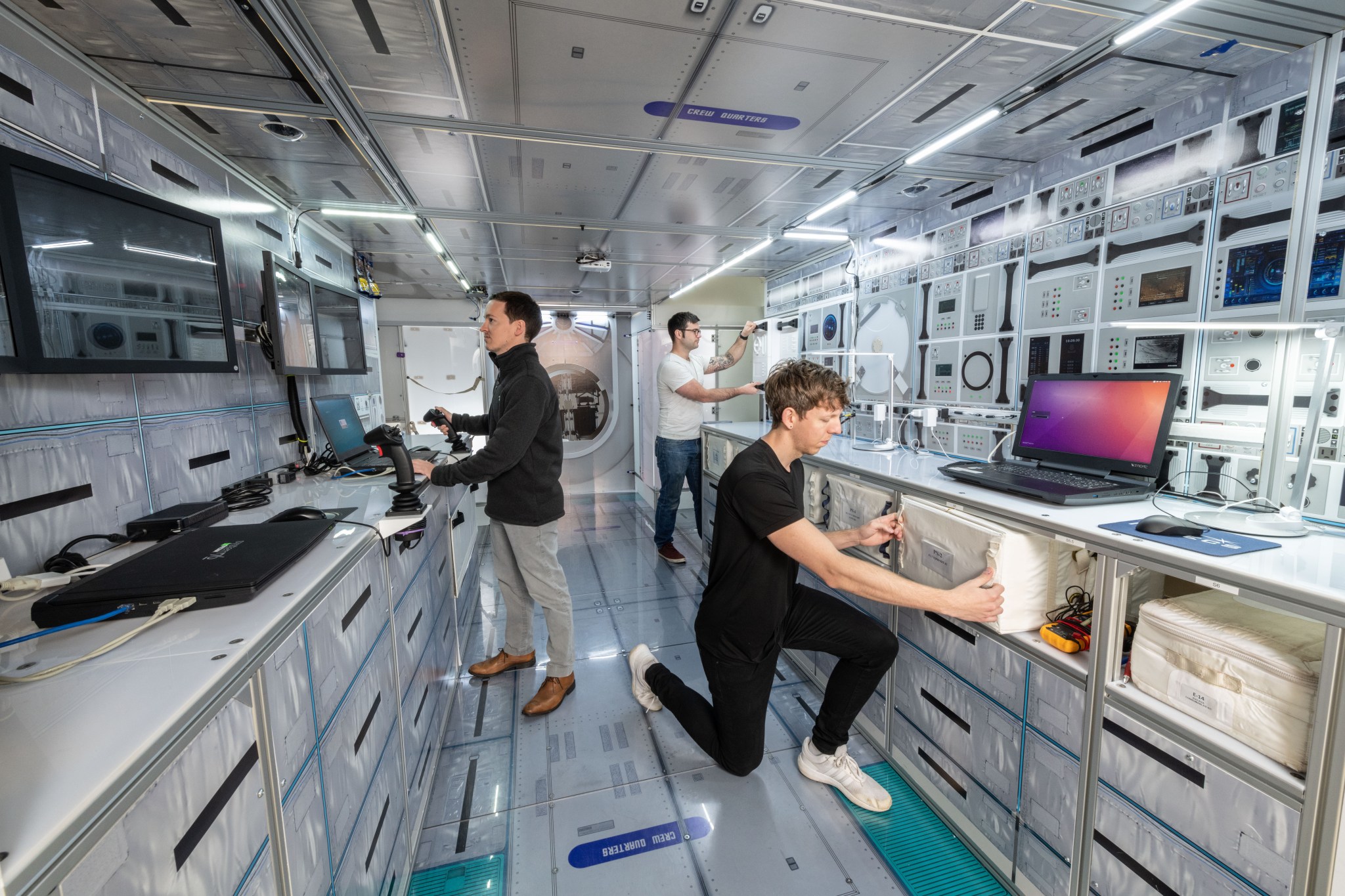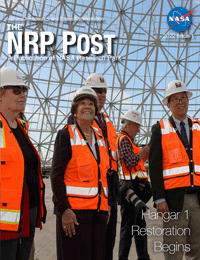Designing Space Exploration With the Human in Mind
When designing a new spacecraft or exploration vehicle, there is intense focus on its technical performance. Do its systems perform as expected? What kind of power does it need? Will it safely reach its destination? Equally important, however, is whether that vehicle also works for the humans inside. Can astronauts easily reach critical controls? Do […]
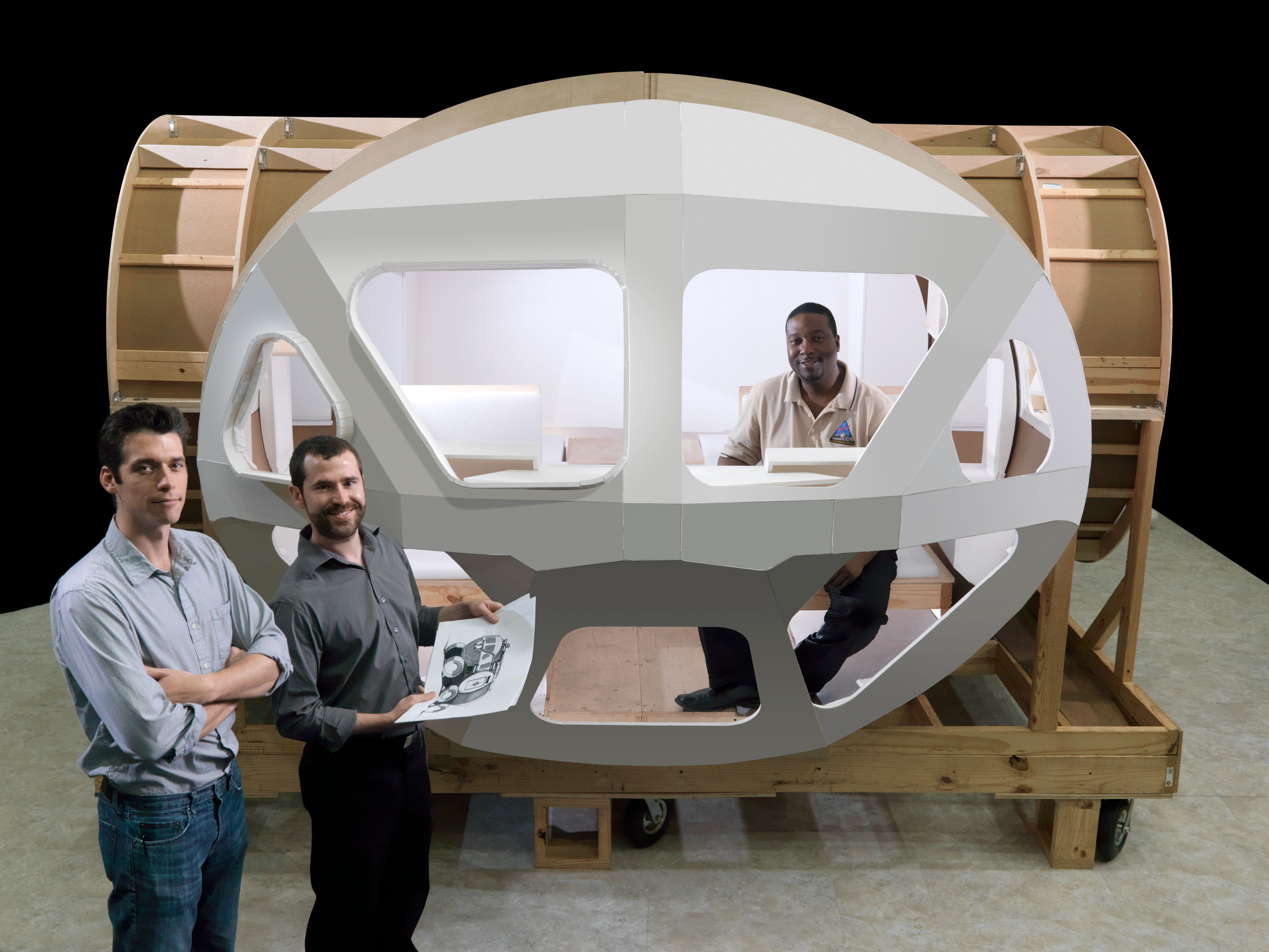
When designing a new spacecraft or exploration vehicle, there is intense focus on its technical performance. Do its systems perform as expected? What kind of power does it need? Will it safely reach its destination?
Equally important, however, is whether that vehicle also works for the humans inside. Can astronauts easily reach critical controls? Do the seats conform to a crew member regardless of their height and body size? Does the layout of crew workstations, translation paths, stowage, and other items support effective working and living conditions?
Those are just a few of the questions NASA’s Center for Design and Space Architecture (CDSA) seeks to answer. Based within the Human Health and Performance Directorate at Johnson Space Center in Houston, the CDSA is NASA’s conceptual, human-centered design studio. It creates advanced concepts for spacecraft, exploration vehicles, and habitats that put crew needs first. The team provides a full spectrum of design services, from concept sketches to CAD models, to scaled mockups and virtual reality (VR), to full-size prototype fabrication.
The CDSA has been an integral partner in the design of everything from dining tables for the International Space Station to ergonomic seats for the Orion spacecraft, and private sleeping bunks for the Space Exploration Vehicle (also known as the Small Pressurized Rover). The multidisciplinary team also played key roles in the design and construction of analog habitats onsite at Johnson, including the Human Exploration Research Analog (HERA) and the Crew Health And Performance Exploration Analog (CHAPEA) habitats where volunteer crews recently completed simulated Mars missions.
Dr. Robert Howard, CDSA co-lead and habitability domain lead, explained that the current HERA habitat was initially developed as the ground-test version of a lunar habitat envisioned by the Constellation Program. The CDSA team built medical operations and suit maintenance workstations, stowage systems, cameras, and outfitting supplies for the habitat, known then as the Habitat Demonstration Unit. Later, the team added a galley, exercise and stowage space, and crew quarters to university-built inflatable upper decks. They also outfitted the interior of a hygiene module provided by the Jet Propulsion Laboratory, helped Kennedy Space Center’s plant growth team locate their experiments in the habitat, and worked with the Human Factors Engineering Laboratory to develop crew procedures for testing the habitats at Johnson and in Arizona.
“The plan was to excess the habitat when the program ended, but CDSA realized the asset was too valuable and we campaigned to find a new owner for the mockup,” Howard said. “That led to the birth of HERA. The Human Research Program now performs the day-to-day maintenance and conducts the HERA missions.”
For CHAPEA, the CDSA worked with NASA teams and commercial partners to determine the habitat’s necessary functions and layout, assisted with furniture installation, provided design consultation and fabrication assistance for an external airlock, and designed and built a docking node.
Another part of the CDSA’s work is the development of NASA test units for partner-produced vehicles and spacecraft. “In the early phases of a project, these test units can help NASA understand what requirements we want to levy on the partner,” Howard explained. “Later, they can be used to emulate partner concepts and NASA can perform independent studies with them, either to assess partner capabilities or to predict the impacts of possible changes.”
The CDSA team can also build replicas of contractor mockups for crew training or additional testing. They are currently supporting development of lunar surface logistics, a pressurized rover, and Gateway components, too.
In addition to Howard, the CDSA team includes Maijinn Chen, the technical discipline lead for space architecture, and Nathan Moore, the technical discipline lead for fabrication, as well as nearly a dozen contractors who serve as space architects, industrial designers, mechanical engineers, and VR developers. “It is a very multidisciplinary team, so we are able to leverage different skillsets to complete our work,” Howard said. “All of the team members are well-versed in design ideation, so we can collaborate when developing concepts, whether for high-level architectures, individual vehicle assets, subsystem components, or even crew-worn items.”
Howard explained that the CDSA almost always works as a sub-team within a larger effort. “We can support a team at any point in a spacecraft lifecycle, but it is best when we are brought in at the very beginning,” he said. “That is where human-centered design processes can have the greatest impact in improving a space system for the lowest cost. It is also very helpful in ensuring that the requirements levied on our contractors and international partners reflect the needs of the future astronaut crews.”
Howard can trace his passion for space exploration back to his early childhood. “I feel like I was born interested! My mom said when I was three, I might not watch ‘The Electric Company,’ but I would not miss ‘Star Trek’ or ‘Space 1999,” he said. “As I got older, I would gravitate toward the space section of the library and read anything I could about NASA. I was always more interested in human spaceflight than in unmanned vehicles and I suppose that was the beginning of my path towards habitability and human-centered design.”
For Howard, the most rewarding part of the CDSA team’s work is creating things that have never existed. “I love it when we find a way to do something that was previously considered impossible, or beyond the scope of what was considered likely,” he said. “I consider it a personal calling to find ways to make space more habitable for humanity.”
What's Your Reaction?



















.jpg?#)















